May is one of the most vibrant months in Lebanon. It’s also a time of deep spiritual significance, celebrated across the country as the month of the Virgin Mary. Religious anthropologist, researcher, and tourism consultant Nour Farra-Haddad shares more about the traditions and devotion surrounding this sacred time.
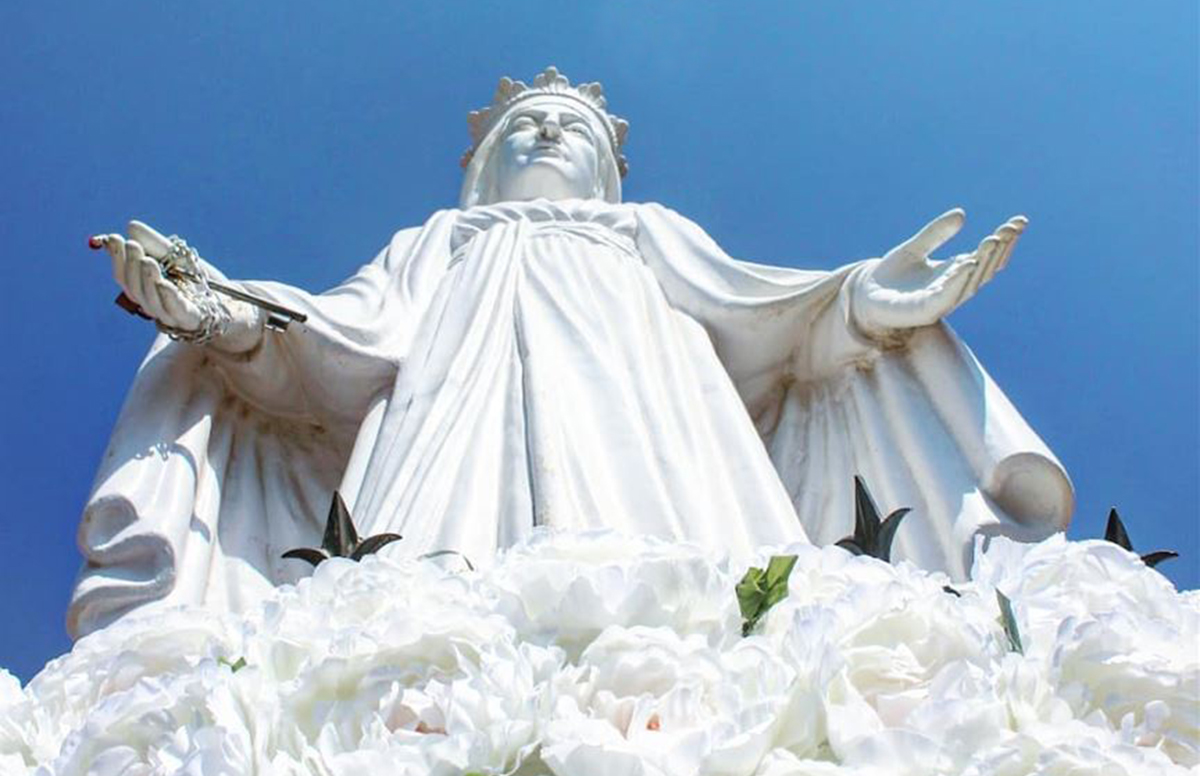
Photo – Ali El Souheil
The tradition of dedicating the month of May to the Virgin Mary dates back to the 19th century, when special prayers were held daily throughout the month a ritual that continues to this day.
Throughout May, it’s a common practice for parishes across Lebanon to hold daily recitations of the Rosary. Many also set up special May altars, adorned with statues or images of the Virgin Mary. The devotion extends beyond churches and into homes, where families create similar displays. One longstanding tradition observed during this time is the May Crowning, in which a statue of Mary is crowned with a garland of fresh blossoms, symbolizing her beauty and virtue.
The Virgin Mary holds a unique place not only in Christianity, but also in Judaism and Islam. This is especially true in Lebanon and the Middle East, where Mary is seen as a figure of reverence across different religious sects. Her universal significance makes her a powerful symbol of national unity.
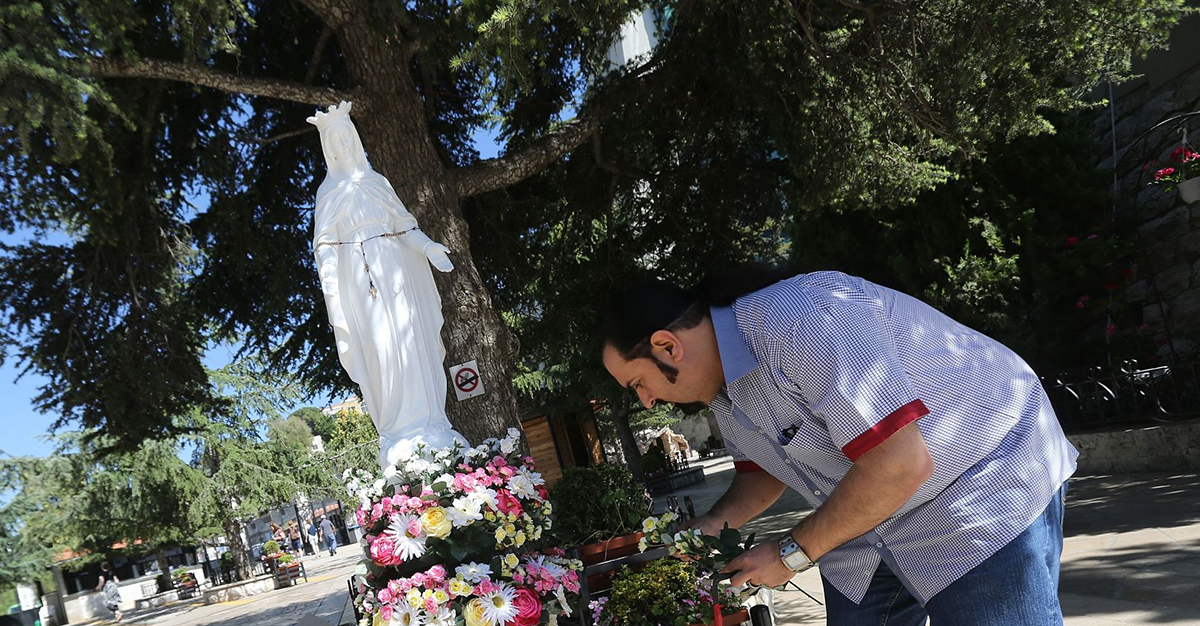
Photo – Joseph Eid
Lebanon is home to over 1,000 religious sites dedicated to the Virgin Mary, including monasteries, churches, chapels and shrines. While most of these are Christian, one notable Muslim site “Our Lady of Saaydeh“ also pays tribute to her.
Mary is honored under many different titles in Lebanon. These include well-known names such as Queen, Blessed Mother, and Our Lady, as well as poetic epithets like Our Lady of the Sea and Our Lady of the Wind. Others reflect her merciful and maternal qualities, like Mother of Mercy, Our Lady of the Breast and Our Lady of the Milk. Some titles are tied to specific locations, such as Our Lady of Beshouat.
There are also uniquely Lebanese titles, which reflect local culture and creativity. These include Saydet El Ghesseleh (Our Lady of the Washing Machine) in Qobayat, and Our Lady of the Flower, among many others, each one a testament to the Virgin Mary’s presence in daily life.
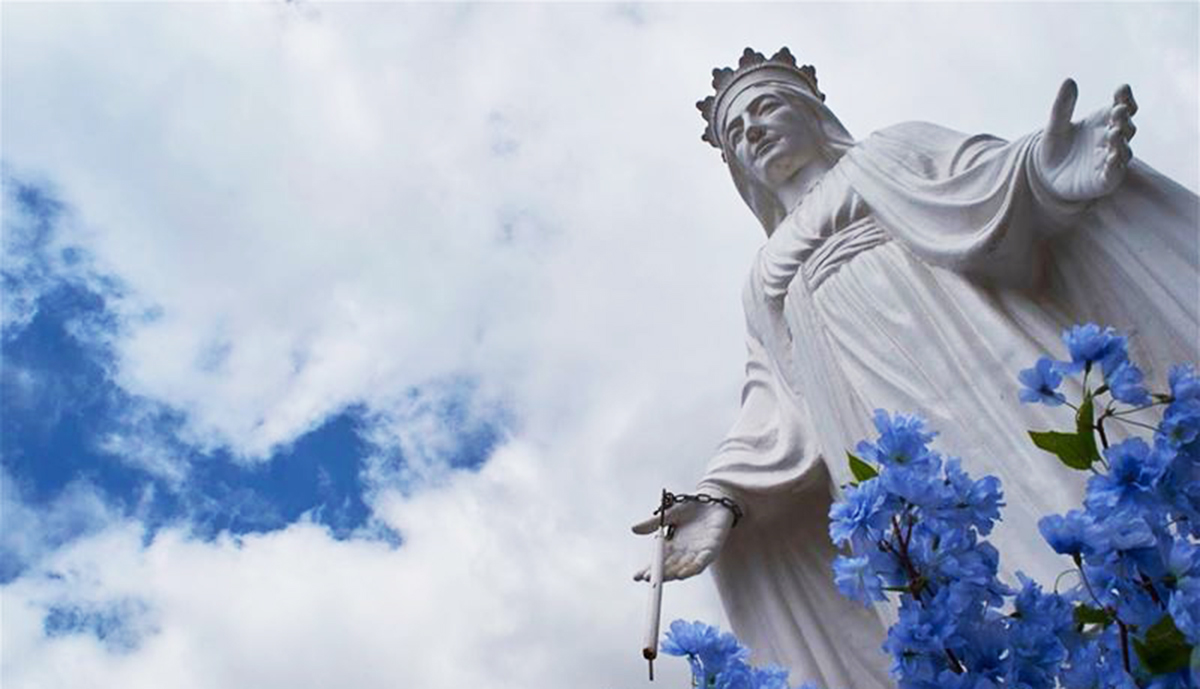
Photo – Joyce Aways
Afqaa is one of the most meaningful places to visit in spring, especially for those honoring the Virgin Mary. Known locally as Saydet El Zahra (Our Lady of the Flower), Mary is venerated here by both Christians and Muslims. This unique title reflects the valley’s lush spring blooms and deep spiritual significance. Nearby Maronite villages like Ghabat and Aaqoura also share in the devotion, adding to the area’s rich religious tapestry.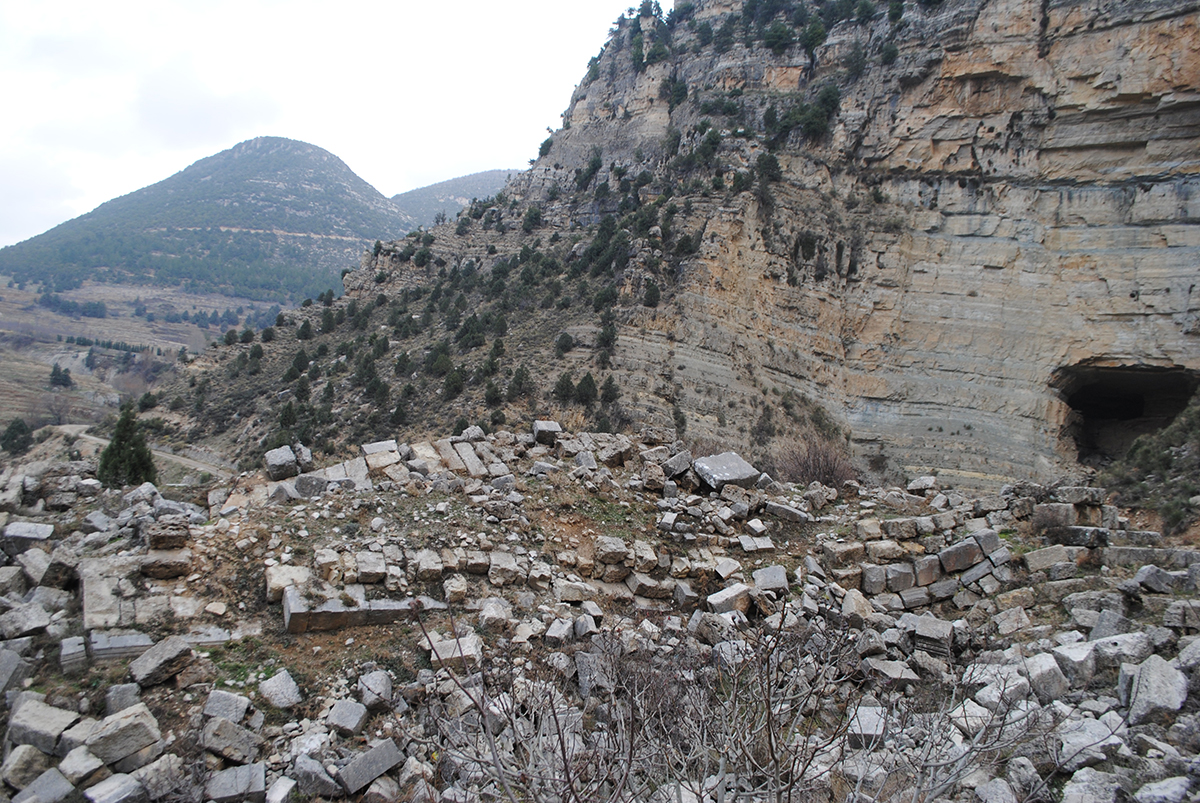 Set high above Byblos, the village of Afqaa is home to a dramatic cave, source of the Nahr Ibrahim (Adonis River) and the ruins of a Roman temple once dedicated to Venus. In ancient times, this site was known for fertility rituals. The waters from the cave and the temple’s spring meet to form the river, blending myth with nature. Though the temple was later destroyed and rebuilt, an underground oratory dedicated to the Virgin Mary still remains, preserving centuries of layered faith.
Set high above Byblos, the village of Afqaa is home to a dramatic cave, source of the Nahr Ibrahim (Adonis River) and the ruins of a Roman temple once dedicated to Venus. In ancient times, this site was known for fertility rituals. The waters from the cave and the temple’s spring meet to form the river, blending myth with nature. Though the temple was later destroyed and rebuilt, an underground oratory dedicated to the Virgin Mary still remains, preserving centuries of layered faith.
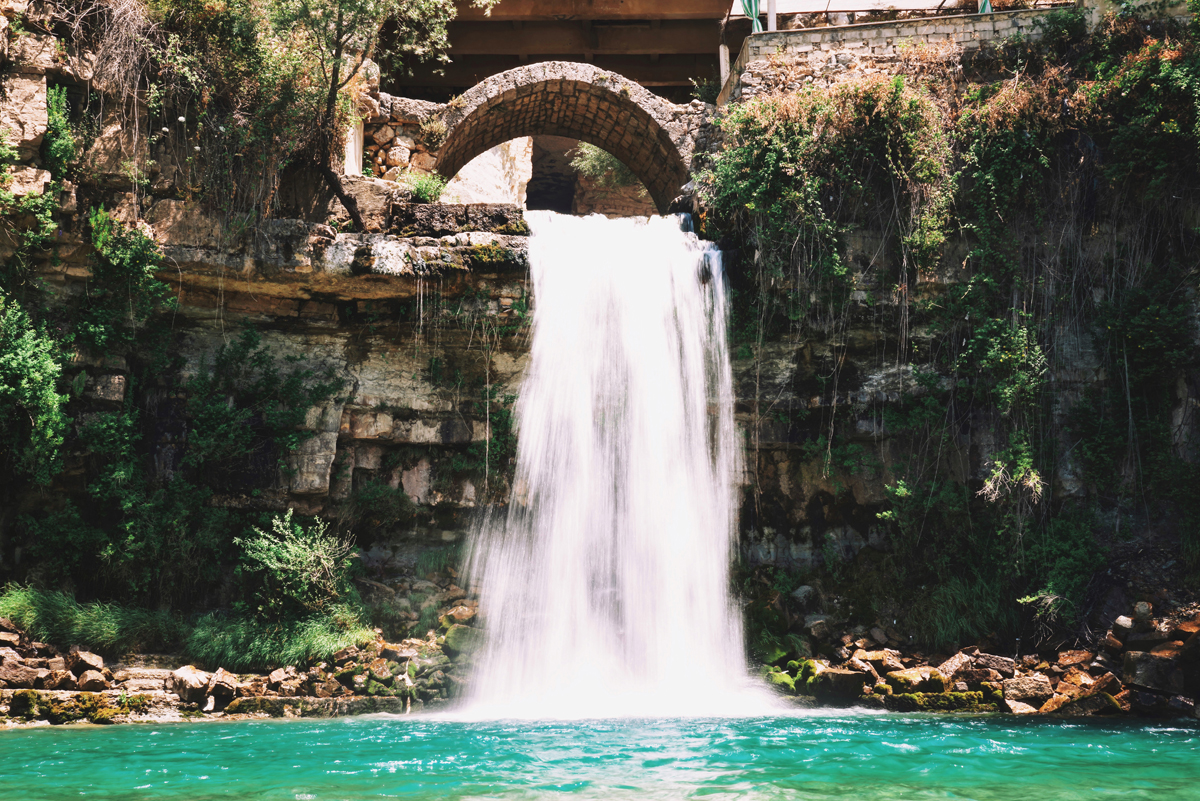
Today, visitors come not only for the legends and history, but also for the breathtaking scenery nearby valleys are blanketed with wildflowers like tulips, orchids, and cyclamens. In Afqaa, nature and devotion meet in a powerful tribute to the Lady of the Flower.
If you enjoyed reading this, check out our article on Saint Charbel and why Annaya holds such significance for pilgrims.
Loading